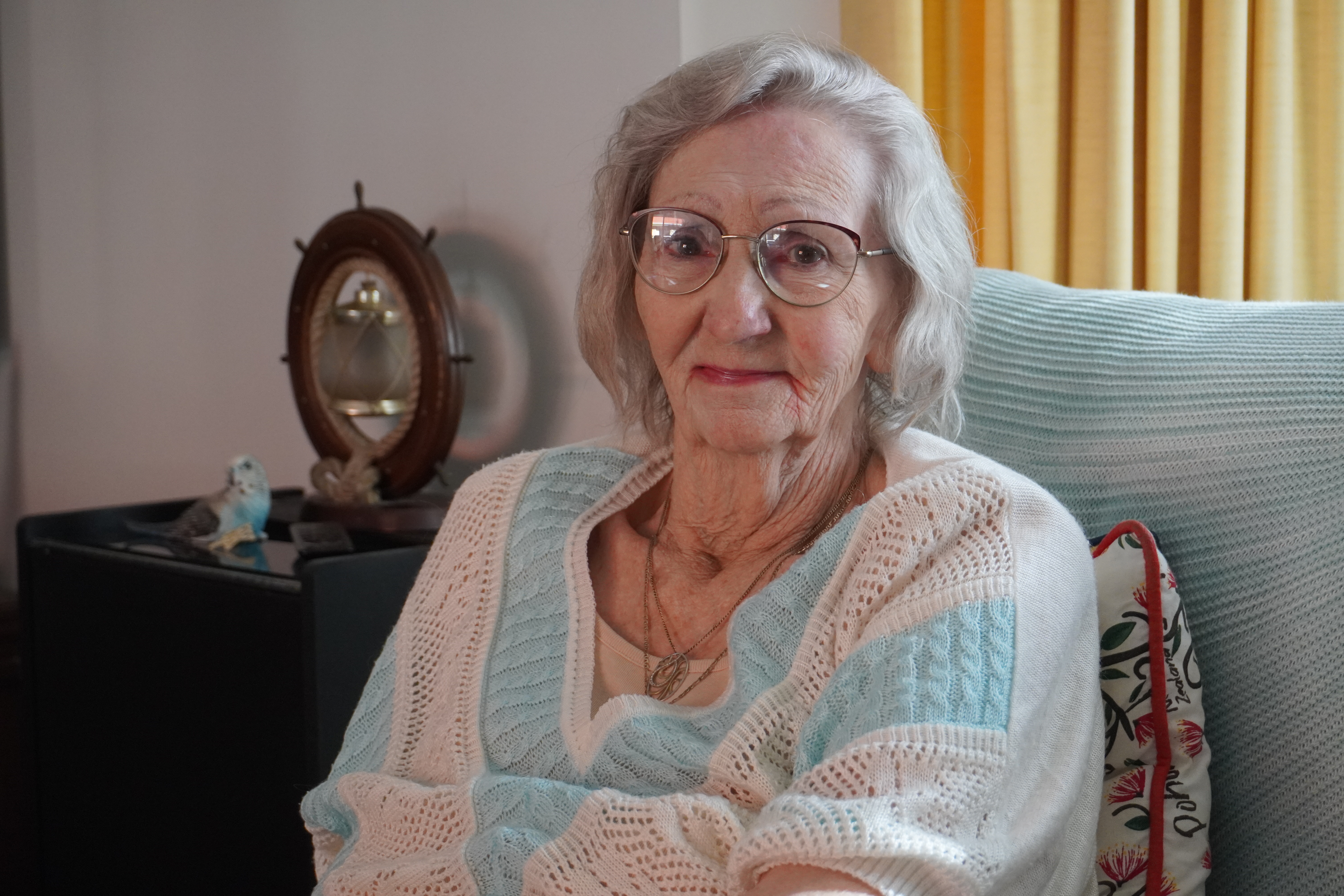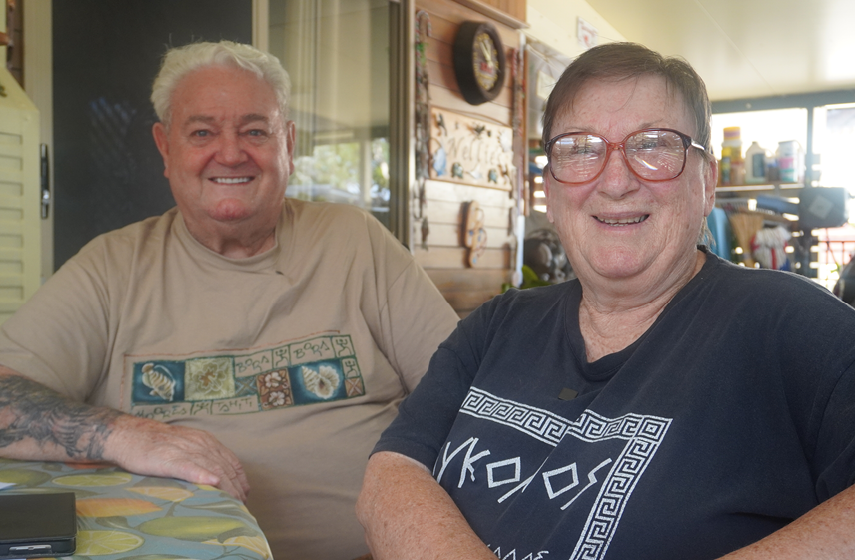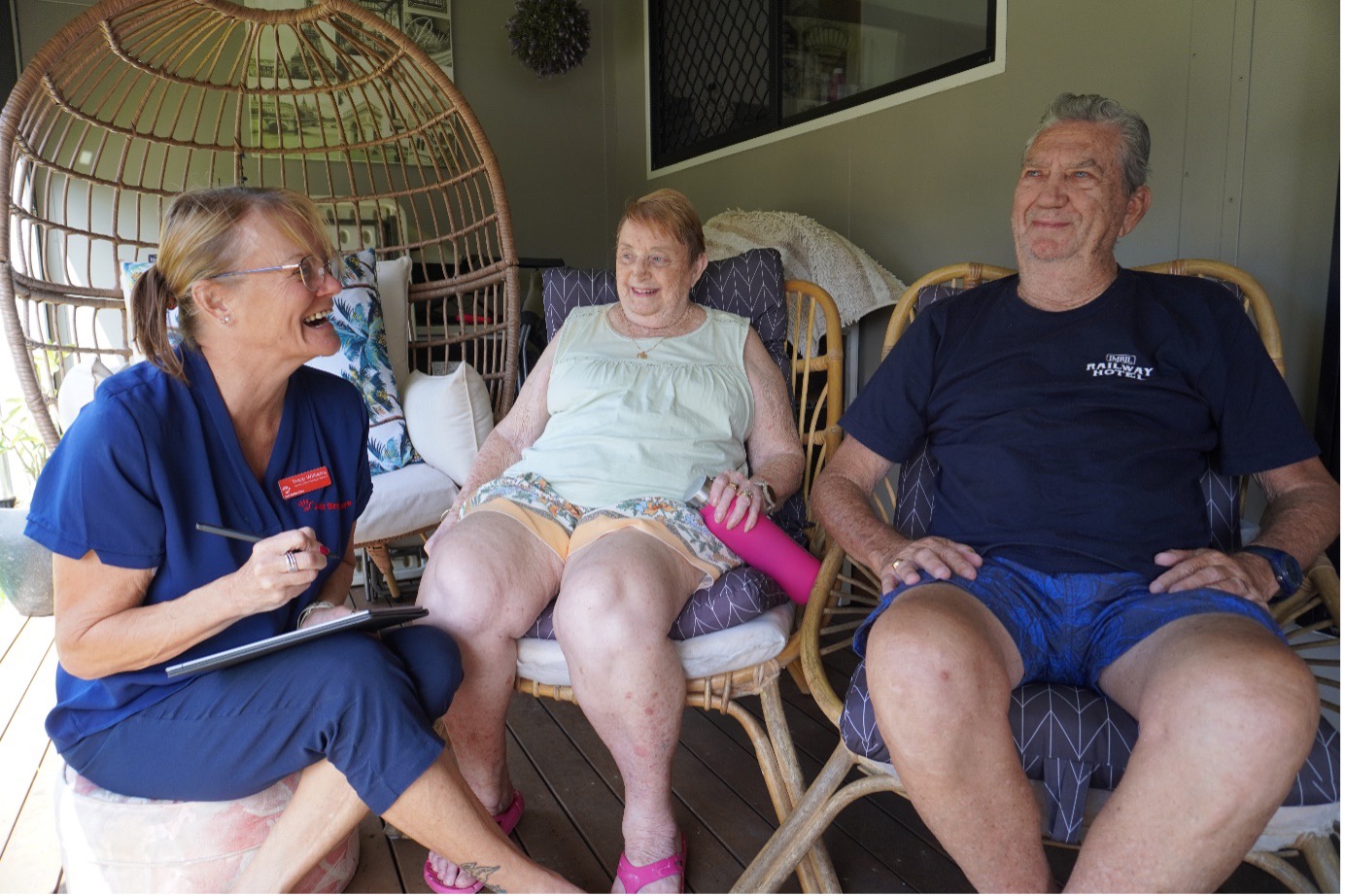Healthy ageing is defined by the World Health Organization (WHO) as “the process of developing and maintaining the functional ability that enables well-being in older age.”
As we live longer, and our ageing requirements change, how is our approach to aged care advancing around the world?
Age-friendly communities. Making our towns and cities liveable for all generations.
In 2010, the World Health Organization established a global network for age-friendly cities and communities. Bringing together cities from across the world to exchange experiences and learnings, the initiative has over 800 members.
The focus of the network is on creating age-friendly communities. Environments encourage access and mobility, have walkable streets, housing and transportation options, access to key services, and opportunities for residents to participate in community activities.
Robotics. Bridging the shortfall in aged care workforces.
In Japan, over 65 and aged care communities are already in high demand. Due to a shortfall of carers in Japan, the government is investing in robots in Japanese nursing homes already, tasked with such elements as lifting residents from wheelchair to bed.
Closer to home, Australian aged care facilities are utilising built-in sensors, cameras and some careful programming, little robots that can walk, talk, dance and recognise faces in aged care communities. In-built smart technology allows them to converse with residents, walk around with them, teach exercise classes and even dance!
Dementia villages. Recreating real life experiences in safe environments.
The Dutch village of De Hogeweyk is a special community that is home to 180 people with dementia. Complete with a town square, greengrocer, theatre, garden and restaurant. Residents are free to wander and socialise, and family and friends are encouraged to visit.
And in this gated community, residents are monitored by an acoustic listening system and movement sensor system during the night, and Support Professionals in street clothing sit on hand to assist if needed. With resident safety a priority, there is only one entry to the village.
Closer to home, the first Tasmanian dementia village, Korongee Village, is in final planning to support 90 residents, and in Brisbane, NewDirection Care is pioneering a similar innovative approach.
The Butterfly model of care. Building interpersonal relationships and homely spaces.
Originally developed in the UK, the Butterfly Model of Care incorporates a feelings-based perspective into dementia support. Facilities who adopt the program use a year-long transition period to educate staff, families and care partners to be person-centred and relationship focused.
The holistic program also involves refurbishing interior spaces where residents live, ensuring rooms are colourful, highly engaging and emulate the comfort of a home environment. Unlike a traditional aged care facility, staff don’t wear uniforms and residents are free to interact, do activities and enjoy meals together in comfortable, homely spaces.
Assets-based places. Tapping into the wealth of community resources to broaden service offerings.
In the UK, the Social Care Institute of Excellence (SCIE) explores how an assets-based model of social care can enable communities to thrive.
The aim of the approach is to effectively use the existing knowledge, skills and resources within each community. It involves a shift in focus from providing services that are reactive to people’s needs, to enhance community and individual health, wellbeing and resilience.
At Just Better Care, our focus on building teams with local knowledge means that we can support our customers to build connections and remain independent and active in their community.
This article is from issue 7 of Possible Magazine. Read the complete extended version Here.
As we live longer, and our ageing requirements change, how is our approach to aged care advancing around the world?
Age-friendly communities. Making our towns and cities liveable for all generations.
In 2010, the World Health Organization established a global network for age-friendly cities and communities. Bringing together cities from across the world to exchange experiences and learnings, the initiative has over 800 members.
The focus of the network is on creating age-friendly communities. Environments encourage access and mobility, have walkable streets, housing and transportation options, access to key services, and opportunities for residents to participate in community activities.
Robotics. Bridging the shortfall in aged care workforces.
In Japan, over 65 and aged care communities are already in high demand. Due to a shortfall of carers in Japan, the government is investing in robots in Japanese nursing homes already, tasked with such elements as lifting residents from wheelchair to bed.
Closer to home, Australian aged care facilities are utilising built-in sensors, cameras and some careful programming, little robots that can walk, talk, dance and recognise faces in aged care communities. In-built smart technology allows them to converse with residents, walk around with them, teach exercise classes and even dance!
Dementia villages. Recreating real life experiences in safe environments.
The Dutch village of De Hogeweyk is a special community that is home to 180 people with dementia. Complete with a town square, greengrocer, theatre, garden and restaurant. Residents are free to wander and socialise, and family and friends are encouraged to visit.
And in this gated community, residents are monitored by an acoustic listening system and movement sensor system during the night, and Support Professionals in street clothing sit on hand to assist if needed. With resident safety a priority, there is only one entry to the village.
Closer to home, the first Tasmanian dementia village, Korongee Village, is in final planning to support 90 residents, and in Brisbane, NewDirection Care is pioneering a similar innovative approach.
The Butterfly model of care. Building interpersonal relationships and homely spaces.
Originally developed in the UK, the Butterfly Model of Care incorporates a feelings-based perspective into dementia support. Facilities who adopt the program use a year-long transition period to educate staff, families and care partners to be person-centred and relationship focused.
The holistic program also involves refurbishing interior spaces where residents live, ensuring rooms are colourful, highly engaging and emulate the comfort of a home environment. Unlike a traditional aged care facility, staff don’t wear uniforms and residents are free to interact, do activities and enjoy meals together in comfortable, homely spaces.
Assets-based places. Tapping into the wealth of community resources to broaden service offerings.
In the UK, the Social Care Institute of Excellence (SCIE) explores how an assets-based model of social care can enable communities to thrive.
The aim of the approach is to effectively use the existing knowledge, skills and resources within each community. It involves a shift in focus from providing services that are reactive to people’s needs, to enhance community and individual health, wellbeing and resilience.
At Just Better Care, our focus on building teams with local knowledge means that we can support our customers to build connections and remain independent and active in their community.
This article is from issue 7 of Possible Magazine. Read the complete extended version Here.




